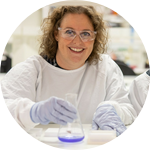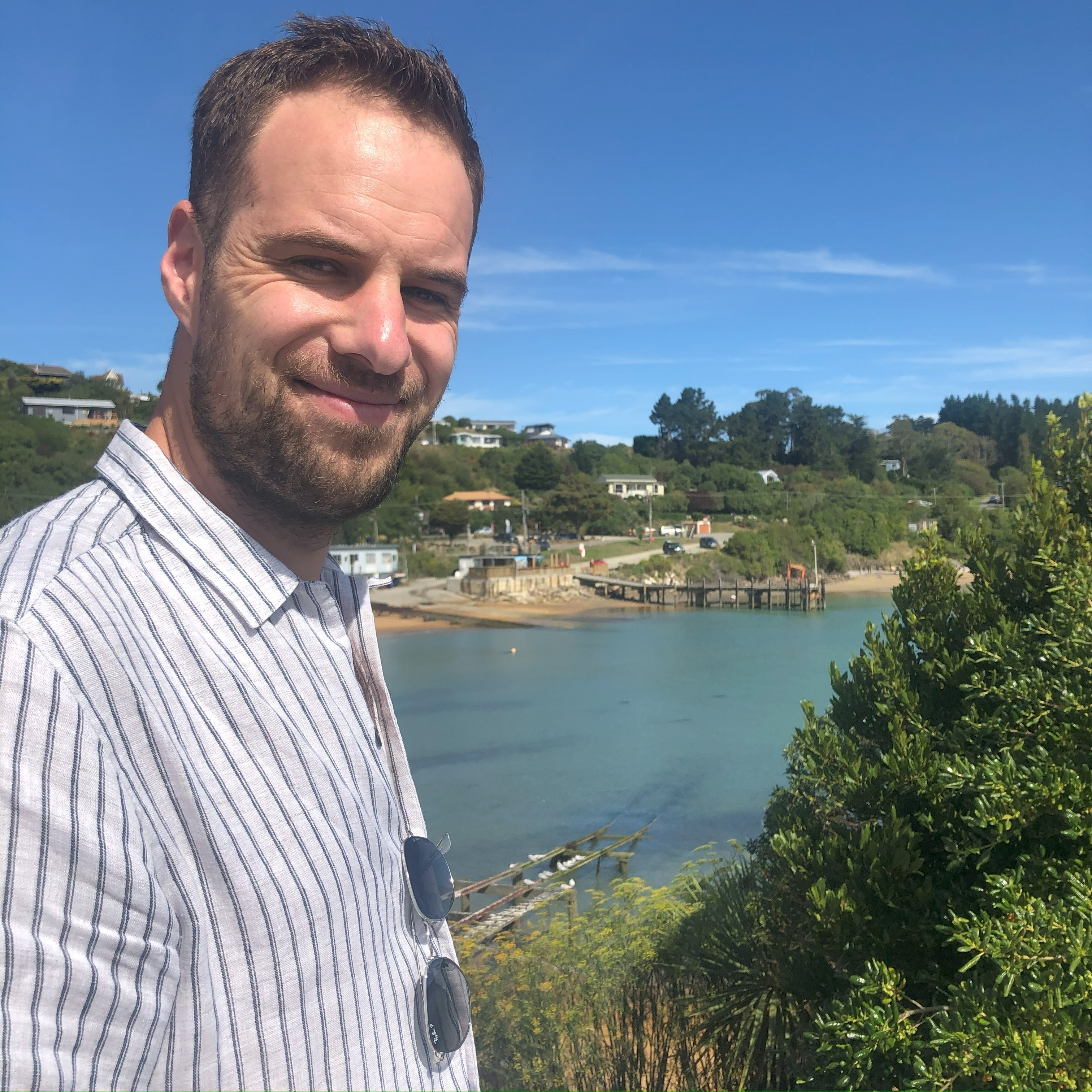About This Project
Psychedelic drugs like LSD and psilocybin are remarkably effective for treating depression and anxiety but are clinically limited due to hallucinatory side effects. To address this, we will image live neuronal cells to illuminate the basis of psychedelic action, teasing apart the cellular mechanisms responsible for hallucinations and their antidepressant response. This knowledge will accelerate the discovery of psychedelic-based medications for depression and anxiety.
Ask the Scientists
Join The DiscussionWhat is the context of this research?
This research aims to explore the cellular mechanisms by which psychedelics produce their beneficial effects. There are at least 15 serotonin receptors in humans, and each has different effects on our behaviour, which is exerted through their signalling in the cell. Psychedelics target most serotonin receptors, with the hallucinatory and antidepressant effects most likely due to serotonin receptor 2A. However other serotonin receptors mediate anxiety and addiction, meaning understanding the precise signalling of other serotonin receptors is required to understand the beneficial effects of psychedelics. While there is a general understanding of how psychedelics work, the specific effects they have on the wider family of serotonin receptors are not yet well explored.
What is the significance of this project?
The positive effects of psychedelics are due the chemical pathways of serotonin receptors- yet so are hallucinations. This project aims to distinguish between chemical pathways of serotonin receptors that cause hallucinations, and the chemical pathways that give the antidepressant, anti-anxiety, and non-addictive effects of psychedelics. We will do this at the cell level so we can see exactly when and where each serotonin receptor pathway is activated by psychedelics, then we will compare this to psychedelic-derived antidepressants that don't cause hallucinations. This will tell us the chemical pathways we need to target or avoid when creating new antidepressants from psychedelics, ensuring they don't cause hallucinations and hastening their use in the clinic.
What are the goals of the project?
The primary goals of this project are to 1) uncover the effects psychedelics have on serotonin receptor signalling and 2) separate the cellular signalling of psychedelics and their non-hallucinogenic antidepressant derivatives.
We will use microscopy to visualise the signalling of serotonin receptors involved in depression, anxiety and addiction to characterise the precise effects LSD and psilocybin have in neuronal cells, generating a map of psychedelic action. We will then compare the effects of non-hallucinogenic psychedelic derivatives with antidepressant properties (2-Br-LSD and lisuride) with LSD and psilocybin to identify the serotonin receptor signalling that contributes to hallucinations and the signalling underlying the antidepressant effects of psychedelics.
Budget
Please note donations are in US$.
We have received start up funds from our University for this project, which has allowed us to buy the serotonin, LSD and psilocybin required for the project, as well as the DNA constructs for serotonin receptors so we can visualise them in the cell.
We now require funds for transfection, DNA reagents and non-hallucinogenic antidepressants. We require a Neon electroporation kit which will allow us to introduce fluorescent serotonin receptors and their signalling biosensors to visualise what happens to neuronal cells in response to psychedelics. For DNA reagents, we will buy restriction enzymes from NEB and DNA fragments from IDT to target signalling biosensors to different cell compartments to visualise exactly where psychedelics work inside the cell. Finally, we will buy the non-hallucinogenic antidepressants 2-Br-LSD and lisuride, which will allow us to separate the antidepressant effects of psychedelics from their hallucinogenic effects.
Endorsed by
 Project Timeline
Project Timeline
In the first month we will design the DNA fragments required to target serotonin signalling sensors (biosensors) to required regions of the cell.
In month 2, we will optimise and verify our biosensors- ensuring they detect serotonin signalling.
From months 3-6 we will test the effects of our psychedelics and derivatives on each serotonin receptor, analyse data and build our map of serotonin signalling.
Each milestone will come with a lab note and video update for backers.
Jun 25, 2023
Project Launched
Aug 12, 2023
Project initiation- design and purchase DNA sequences for biosensor modification.
Sep 08, 2023
Functional testing of biosensors- ensure they target the region of the cell required and detect their signalling ligand. First backers update- videos of biosensors in action.
Oct 27, 2023
Characterisation of serotonin receptor 2A signalling in response to psychedelics and non-hallucinogenic derivatives. Second backers update- videos of serotonin receptor signalling.
Jan 11, 2024
Characterisation of serotonin receptor signalling related to anxiety and addiction. Third backers update- videos of other serotonin receptors in action.
Meet the Team
Affiliates
Team Bio
The team is part of the Cytomotors Group lead by Dr. Vaishnavi Ananthanarayanan at UNSW Sydney. Greg, a Postdoctoral Fellow in the group, and his PhD student Jack are leading this project. Greg provides the expertise on receptor imaging to look at serotonin receptors in detail, Jack provides the knowledge of the signalling pathways involved, and the Cytomotors Group provides all the imaging and analysis expertise to make sure we figure out exactly how psychedelics work in the cell.
Gregory Redpath
I am a cell biologist who specialises in using live cell microscopy to study how receptors transmit signals, or information, throughout the cell.
I undertook my PhD at the University of Sydney, followed by a Postdoctoral position at the University of New South Wales investigating T cell receptors, a Postdoctoral position at the University of Otago investigating how lipoprotein uptake is regulated, and am now back at the University of New South Wales as a Postdoctoral Fellow investigating how receptors are regulated inside the cell. At every stage of my career, I have developed imaging techniques to investigate how receptors are moved into and around cells at the nanoscale level using live cell microscopic imaging.
Every project I have worked on has looked at aspects of how receptors are taken up into a cell and how this controls what the receptor does. The best way to look at this is using live cell imaging- we can see what happens to a receptor from the moment a ligand (for example, serotonin) binds and follow what happens.
My interest in serotonin receptors started with the project I was working on at the University of Otago. We found that antidepressants and serotonin changed how a common form of cholesterol that is important in heart disease was taken up into liver cells. I found it fascinating that serotonin regulated this process, which got me reading and thinking about serotonin receptors and has led me to the project I'm working on now.
The more I read about serotonin receptors, the more I realised there was so much still to learn about how they are regulated by cell uptake mechanisms. And the more I read about psychedelics, the more I realised that we need to understand how they act on serotonin receptors at a cellular level so we properly understand how they act. This has led to the project we've proposed here, which I hope will help lead us to create new antidepressants based on psychedelic compounds.
Jack Zhang
I'm a first-year PhD student focusing on molecular pharmacology and drug discovery, particularly in relation to G protein-coupled receptors (GPCRs).
Last year, I completed a Bachelor of Advanced Science at the University of New South Wales with majors in pharmacology and physiology. My Honours project examined the function of atypical amino acid motifs in the orphan receptor GPR146—a GPCR implicated in cholesterol metabolism and atherogenesis. Here I gained proficiency in key experiment methods such as immunoblotting, biotinylation and reporter gene assays.
In my PhD, I have shifted topics into the exciting world of serotonin (my favourite neurotransmitter), working alongside Greg to unravel the puzzle behind the role of serotonin receptors in the antidepressant response. My project aims to investigate their endosomal signalling and trafficking profiles in response to psychedelics.
Psychedelics display remarkable efficacy in treating depression and anxiety but must be administered under supervision due to the potential for hallucinations. Both their hallucinogenic and therapeutic effects are thought to involve various serotonin receptors, but the exact where and how remains elusive. Thus, I am learning various modalities of live-cell imaging and the application of fluorescent proteins to visualise the spatiotemporal profile of relevant signalling molecules. How do cells respond to endogenous serotonin versus psychedelics? What cell cascades are responsible for antidepressant and hallucinogenic effects? Is it possible to design a compound biased towards just one pathway? Answering these questions will help to expedite the development of psychedelic-based therapeutics.
Project Backers
- 2Backers
- 2%Funded
- $100Total Donations
- $50.00Average Donation




